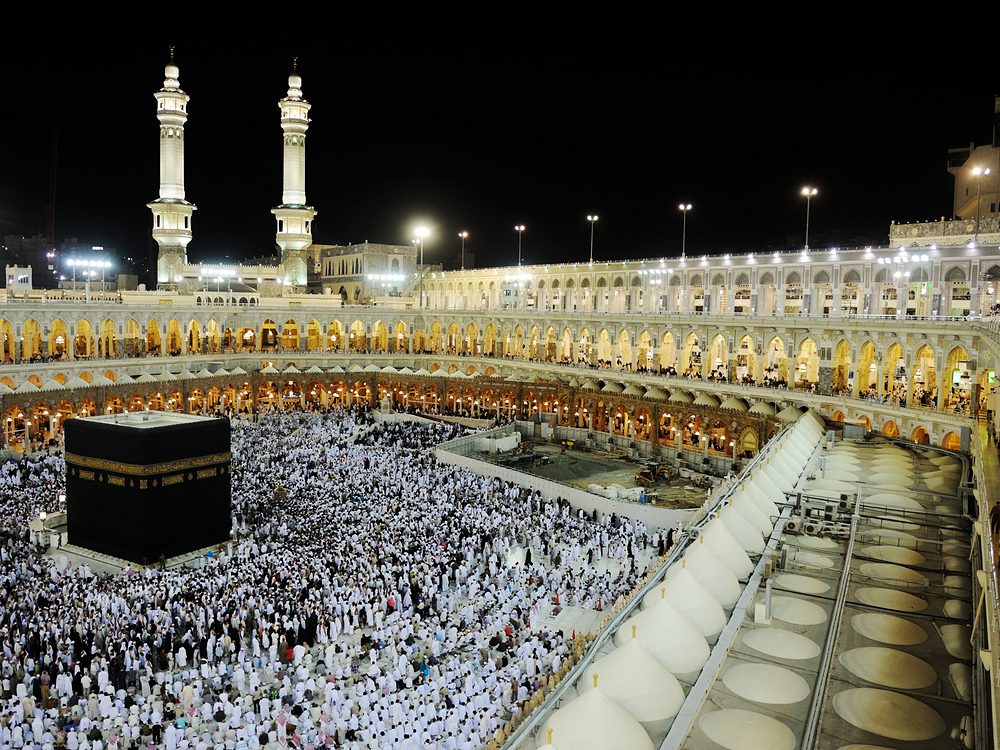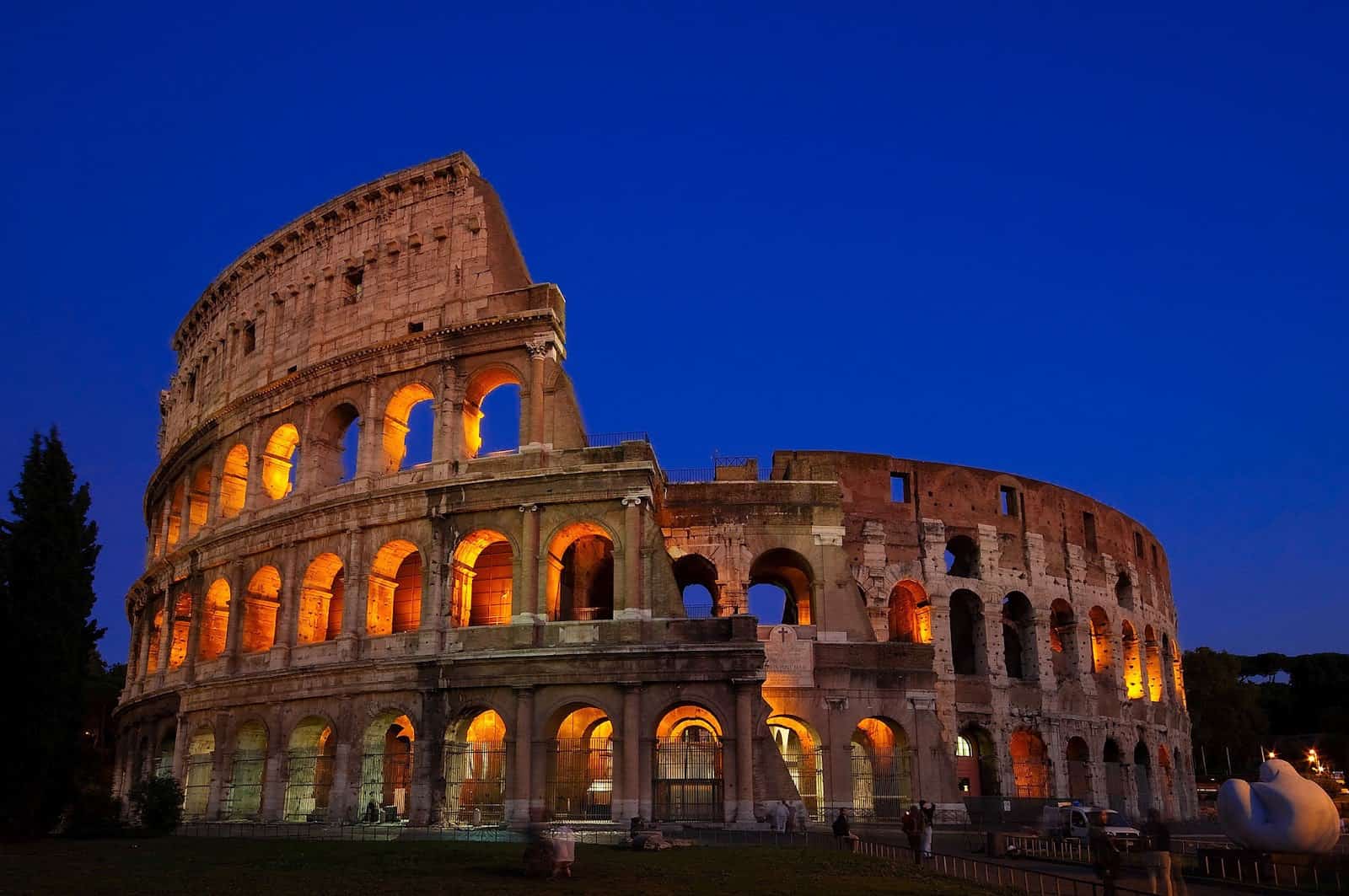Abu Simbel Temple
The Temple of Abu Simbel is one of the most important historical sites in Egypt, as it is located in southern Egypt at the second white waters of the Nile River, and the temple is cut in a solid rocky slope, and it is dedicated to the gods Ra Horakhti, Ptah, Ramses II, the goddess Hathor, and Queen Nefertari. It should be noted that the date of construction of the temple dates back to the reign of Pharaoh Ramses II, that is, between the years (1264-1244) BC, or (1244-1224 BC), given the difference in modern-day scholars regarding the history of the life of Ramses II; It was constructed to celebrate the victory of Ramses over the Hittites at the Battle of Menqadish, and it took 20 years to build. Among the secrets of the Temple of Abu Simbel is that the temple is built to align with the direction of the East, so that the sun shines twice a year, specifically on January 21 and October 21 directly on the sanctuary of the Great Temple, to shed light on the statues of Ramses and Amen.
Description Abu Simbel Temple
Abu Simbel Temple consists of two main temples:
- The Great Temple: It was previously known as the Temple of Ramses; it is a temple engraved on the mountain, at which there are 4 statues of up to 21 m in height, which are false beards, wearing short skirts, and a crown decorated with a cobra, and at its legs there are small statues. The temple extends to a distance of 64 m inside the mountain, where the first hall is considered a corridor with 8 columns, while the second hall is decorated with four decorated columns, and the statue of Ramses II sits with the gods Ra Harrakati, Amun, and Ptah.
- Small temple: The entrance to it is decorated with 4 statues of the pharaoh, and two statues of his bride Nefertari, where the height of the statues reaches 10 meters, in addition to small statues, while inside there is a corridor with 6 columns showing pictures of the goddess Hathor, and on the back wall there are several inscriptions.
Transfer of Abu Simbel Temple
The Temple of Abu Simbel was exposed in the 1960s to the risk of drowning, due to the plan laid down by the Egyptian government to build the Aswan High Dam on the waters of the Nile River, which made this project a risk that would lead to an increase in the water level, except that institutions interested in raising funds have been launched; The temple is from the danger of drowning, so UNESCO began to develop a plan to move the temple in one thousand nine hundred and sixty-four, and suggested that the temple be resettled on high ground above the original site of the temple, so I chose a land that rises by 60,96 m, then hired for this There are a number of specialists who came from different countries, including archaeologists, engineers, and others specializing in heavy machinery, and spent approximately forty million dollars to complete the transfer of the temple, bearing in mind that the temple was cut into stone pieces of a weight of 20,000 kilograms per weight, one kilogram per weight , And it was regrouped in the new site until the process ended in one thousand nine hundred and sixty-eight








